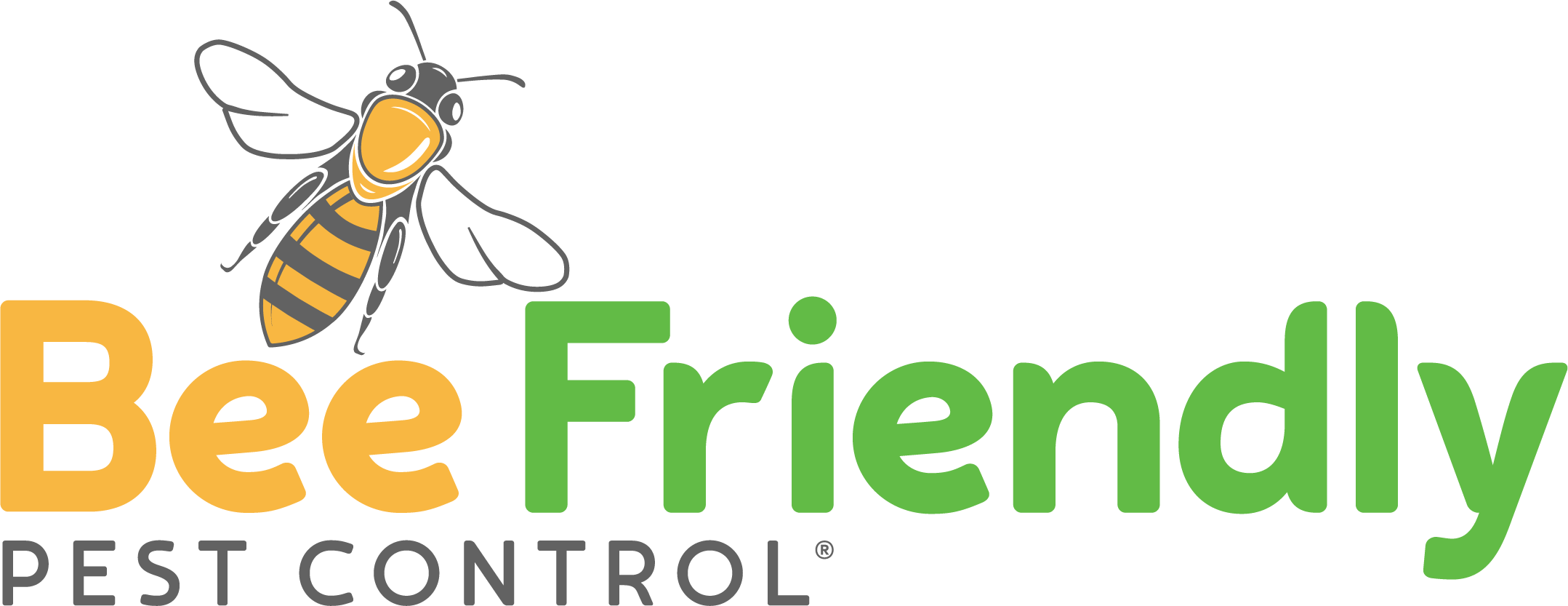In a previous post we helped you spot the difference between bees and wasps, from their body shape, coloring, nesting behaviors and more. Once you are informed, it’s relatively easy to tell the difference between them. On the other hand, being able to tell the difference between wasps and hornets or yellow jackets can be much tougher. This year it’s especially important to be able to identify them, considering the vast amount of them suddenly appearing in our backyards. Here’s what you need to know.
All Hornets Are Wasps, But Not All Wasps Are Hornets
If you are confusing wasps and hornets it’s not surprising, after all they are very similar in look and nesting behavior. There are differences between wasps and hornets however that can be easily spotted if you know what you are looking for.
Some experts claim that there are anywhere from 30,000 – 100,000 different types of wasps in the world, and of that number hornets have only 22 recognized species. In North America there are typically only three types of hornets: the common European or giant hornet, the bald-faced hornet, and the sand hornet. The sand hornet lives underground though, and is not seen very often.

European Hornet
They Look Different
When it comes to wasps in North America, the most common type is the paper wasp. They grow to around half an inch in length, and typically have black and yellow stripes. Some, specifically red paper wasps, even have red patches. When they are flying they are very easy to identify, because they let their legs dangle.
Yellow jackets are similar in size to paper wasps, but they are usually much brighter in color. Their black and yellow stripes really stand out. This is where their name comes from.
European hornets on the other hand are much larger, usually growing around an inch to an inch and a half in length. They tend to be duller in color, with brown and yellow stripes. When they fly, they pull up their legs, which allow them to move faster.
They Behave Different
There’s a reason people are more afraid of hornets than wasps, and it’s not just because they are larger. They are much more aggressive when they feel threatened. This is why you shouldn’t approach their nest. If you leave their nest alone however, they are usually pretty calm and won’t attack you. This is because hornets are carnivores, and aren’t interested in the food or sugary drinks you are eating or drinking. This is also true of the Asian giant hornets that have made the news the last couple of years. They may be large, but they are more interested in other insects than people.
Yellow jackets on the other hand are naturally more aggressive all the time because they do like your food, and will do whatever they can to get it. Out of the three, they are the ones most likely to sting you. They are also the ones most likely to pester you when you are having a picnic or BBQ.

Wasp and Hornet Nest
They Can Be Very Similar
Most wasps and all hornets are social insects belonging to a group called eusocial wasps. This means they live together in a nest, and perform specific duties to help out the group. They have a queen who spends her life laying eggs, males who fertilize the queen, and others who gather food, build the nest, feed the larvae and defend the colony. Most wasps and hornets die in the winter, with very few surviving to restart the colony the following year.
Unfortunately both wasps and hornets can build their nests in inconvenient locations. These nests, made from chewed wood fibers mixed with saliva resemble a thin paper. Both insects like building their nests in sheltered locations such as tree branches, barns and building overhangs, which means they can come in close contact with people. If the nest isn’t causing a problem you should just leave it alone, after all both insects will aggressively defend it if you move within three to six feet of it. Their nests won’t damage your house either, so there is no rush to get rid of them, and they can easily be removed in the winter because the wasps and hornets will have died by then. If a nest does need to be removed, contact a pest control professional to do so.



